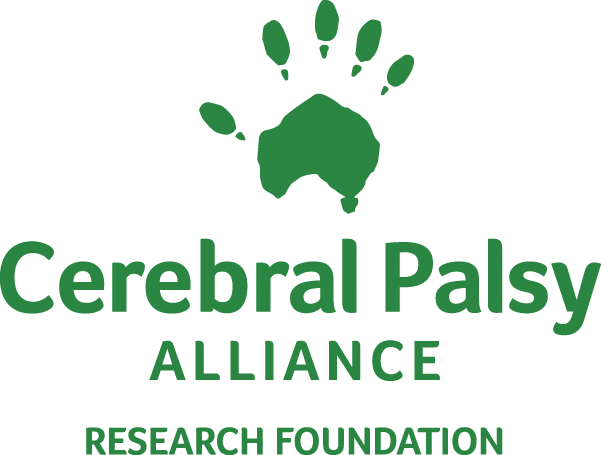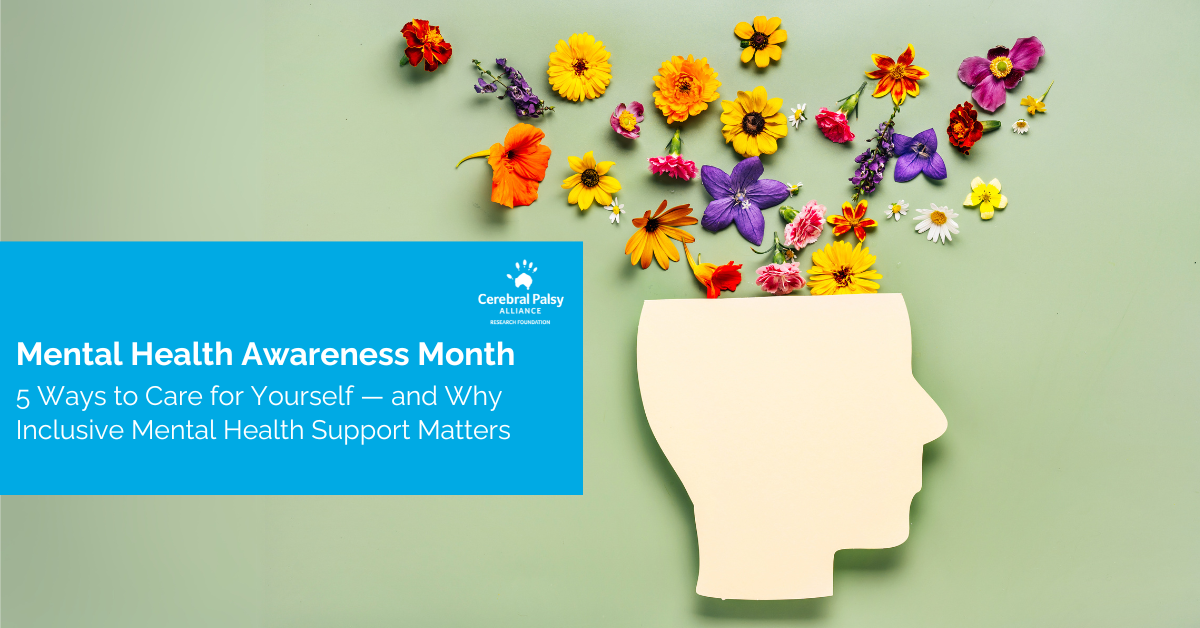
A Q&A With Liz Boyer: Studying Falls in People With Cerebral Palsy
Liz Boyer and her team at Gillette Children’s studied the consequences of falls in people with cerebral palsy, and we wanted to know more about the motivation behind the study and what the results mean for the cerebral palsy community.
What inspired you to begin this study on falls within the cerebral palsy community?
When I started working at Gillette Children’s as a postdoctoral fellow in the Center for Gait and Motion Analysis, I quickly learned that individuals with cerebral palsy almost always have concerns about their balance. Certain gait patterns were believed to cause trips and falls more than others. Fortunately, an intake form in our center asks families to report how often trips and falls occur and how much balance is perceived to limit their walking ability, so we summarized over a thousand people’s data to objectively look at how common falls were, what subgroup of individuals (e.g., by age, walking ability, gait pattern) fell more often, and how balance was perceived to limit walking compared to other factors, like endurance, strength, or pain.
That information was used in two publications and really illuminated how important falls were. Beyond that, studies by other researchers reported that the impact of falls among adolescents and adults with cerebral palsy goes beyond the physical impact. As such, I felt falls were a huge issue that researchers and funding agencies didn’t give enough attention. While I thought these studies provided enough justification for the importance of studying falls in the cerebral palsy population, some of the feedback I received from reviewers of a research grant were unconvinced, so the impetus for our recent Consequences of Falls study was to provide greater evidence of the broad repercussions of falls across the lifespan.
The study covers both the physical and mental health consequences of falling. Why did you and your team examine both angles?
I wanted this study to capture the holistic impact that falls can have on someone’s life. Inspiration primarily came from a few studies with adults and adolescents. The main results from those studies often downplayed the physical injuries from falls and instead emphasized the psychological impacts, like anxiety or fear, embarrassment, and avoidance of social activities.
Then I started talking with parents or people with cerebral palsy on the topic and learned more about these widespread concerns and how they adapt to prevent falls by still participating in their community. Our physical and mental health are so interconnected, so measuring both aspects provides a better understanding and more ammunition on the importance of this topic.
This study laid a foundation for future investigations. What do you hope to uncover next and what do you think will be most helpful for the cerebral palsy community?
There have been so many follow-up research ideas that have emerged from this study, in addition to clinical practice and policy change implications! I often say there are different types of research studies — clinical trials are designed to determine if and how effective an intervention is. Our study was designed to determine how big of a problem falls are and for whom is it the biggest problem.
I feel we have partly achieved our goal, though we always want to see studies repeated by other independent research groups and with larger sample sizes. If those studies find similar results, then we are more confident in our conclusions. Regarding next steps, I’m hoping the CP community will tell me what they will find most helpful regarding falls; I’ve submitted a grant to bring the community together to create a fall-related research priority. Naturally, intervention studies are appealing because we want to improve people’s balance to decrease their risk of falling, so I’m planning a study that will use one type of balance training.
I’m also a firm believer in “what gets measured gets managed,” so if we can find accurate ways to easily and objectively document how often someone trips or falls — whether clinically at visits or self-monitoring via diaries or wearable devices— I believe this is one nudge the field needs to build momentum on talking about and addressing this concern. Having vast amounts of data on how often someone trips or falls can double as an indicator for intervention and a sound outcome measure.
What are the most important takeaways from this study for people with cerebral palsy and their caregivers?
In general, individuals can be reassured that falling becomes less common as ambulatory individuals with CP go from young childhood to middle or late adulthood. Furthermore, gross motor ability (often classified by GMFCS level) is associated with how often others with a similar GMFCS level fall (e.g., GMFCS level II and III tend to fall more often than those in GMFCS level I, who have the least impairment). I think many of the other findings are probably already known by people with CP or their caregivers (e.g., falls most often occur in the forward direction, while ambulating, wearing shoes, and on uneven surfaces).
I think the study results are almost more important for clinicians to inform their recommendations, researchers in designing studies, funding agencies who support these studies, and the general public to educate them and change their behaviors to destigmatize falls and alter environments to minimize fall risk.
For example, we had open-ended questions on what society can do differently in this regard. We received great examples like declutter walkways, boycott throw rugs, don’t wrap handrails with holiday decorations, shovel and salt your sidewalk in a timely manner, don’t rush people, and don’t immediately jump into helping someone who’s fallen without first asking. I see these results equally or more important than the other results.
Where can the cerebral palsy community go to learn more about this study and future ones you're conducting on this topic?
Preliminary results from the study were recorded as part of a Cerebral Palsy Research Network webinar and can be accessed via YouTube. We are working on writing up the final results for publication, after which they will be available to the broader community. Future fall-related studies I work on may be highlighted on our website. You are always welcome to contact me directly with questions, suggestions, or to learn more at lizrboyer@gillettechildrens.com.
Thu 01 May 2025
Mental Health Awareness Month: 5 Ways to Care for Yourself — and Why Inclusive Mental Health Support Matters As we enter May, Mental Health Awareness Month reminds us of the importance of openly discussing mental health, something that affects us all but often goes unspoken. At CPARF, we know that mental health care is for […]
Thu 24 Apr 2025
Make a Difference with Your Donor-Advised Fund: Join the #HalfMyDAF Movement At CPARF, we're always looking for new and meaningful ways for our supporters to create lasting impact for people with cerebral palsy and other disabilities. A surprisingly powerful, yet often overlooked, way to do that is through a Donor-Advised Fund (DAF). And right now, [...]


